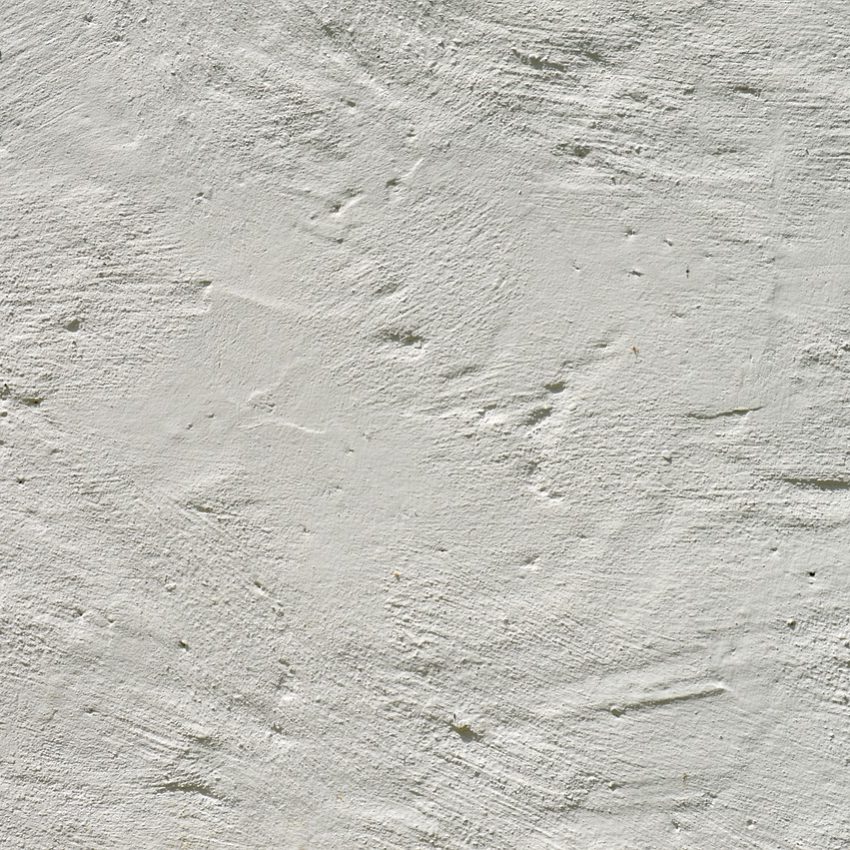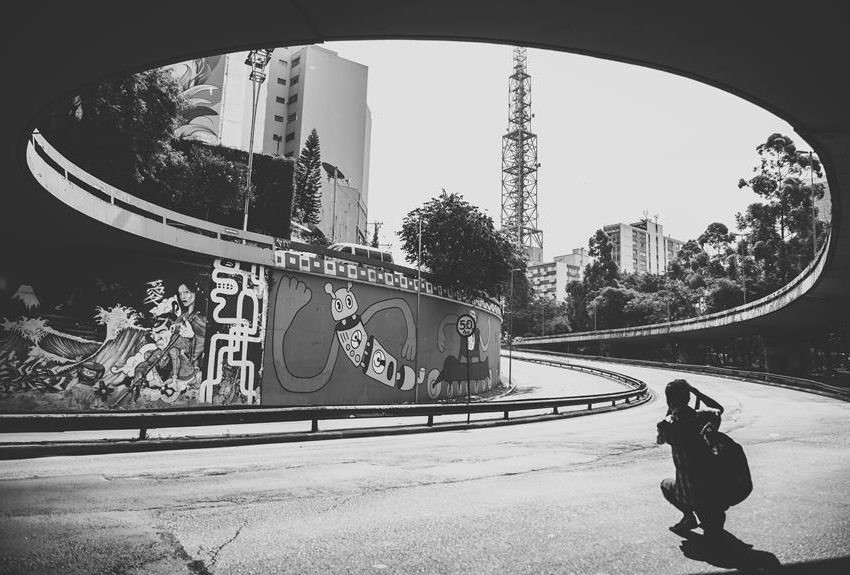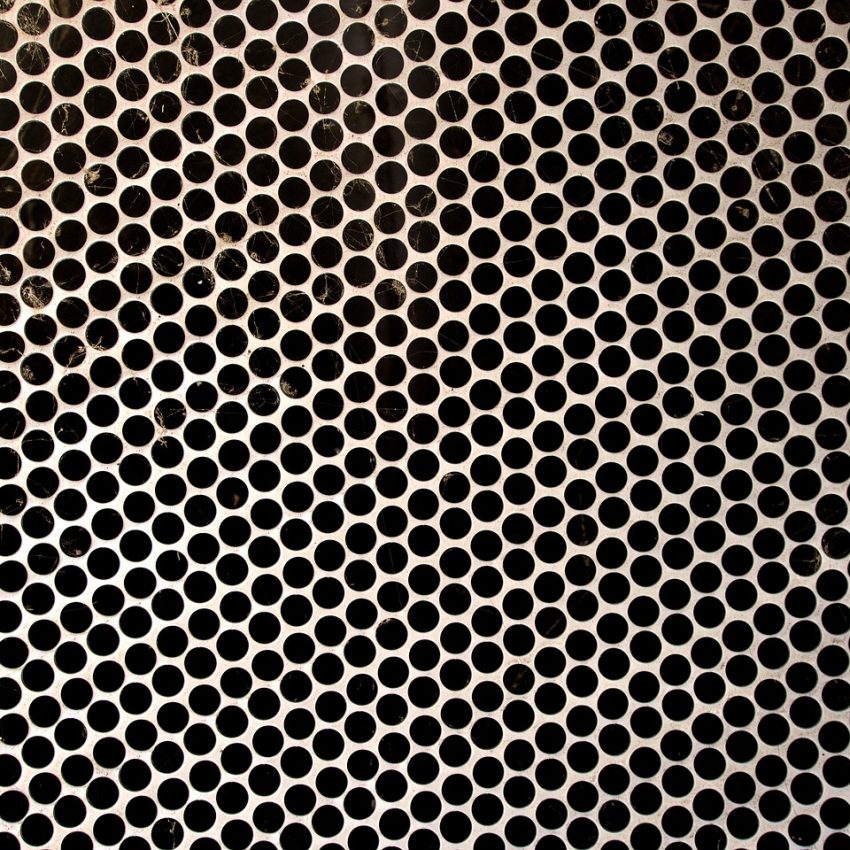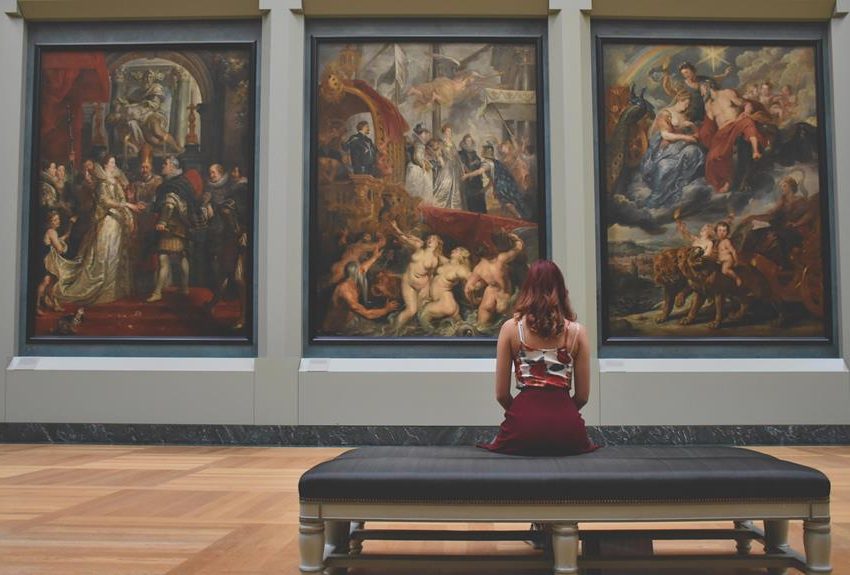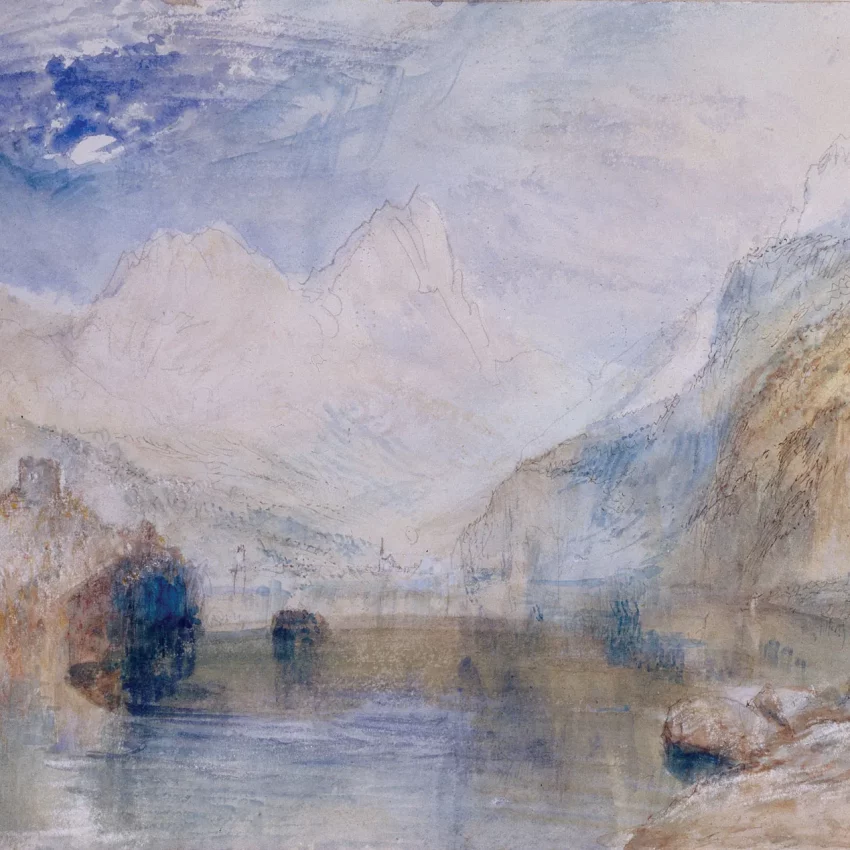Collage Art: It's History, Meaning, and Relevance
In a world where boundaries blur and imagination reigns supreme, an art form emerges like a vibrant tapestry woven from fragmented dreams – collage art. Collage, with its roots tracing back through the annals of artistic history, stands as a testament to the boundless creativity of the human mind. It is not merely pasting together disparate elements; it is akin to orchestrating a symphony of visuals that speak in harmonious discord.
Collage is an art form that comes from the French word “coller,” meaning “to glue,” where artists use collage technique to create works of art by assembling various materials onto a canvas or surface. The term collage describes a type of artwork that combines different elements, such as paper, fabric, photographs, and other objects, to create a single work of art. The technique of collage allows artists to experiment with composition, texture, and color in ways that are not possible with traditional painting and drawing.
A 3D collage involves assembling three-dimensional objects such as rocks, beads, buttons, coins, or soil to create a cohesive whole or a new object. By incorporating tangible elements, this form of collage adds depth and texture to the artwork, offering viewers a tactile and immersive experience.
Unlike traditional forms of art, collage breathes life into forgotten scraps – discarded remnants that find new purpose in an artist’s hands. Through meticulous selection and skillful arrangement, seemingly unrelated pieces fuse into a cohesive whole that tells stories untold and whispers secrets long kept hidden.
The process itself becomes a dance of juxtapositions and contrasts, where old meets new, chaos finds order, and beauty emerges from chaos in unexpected ways—collages are born from this alchemy of fragments becoming something more significant than themselves.
Historical Roots, Terms and Concepts
The origins of collage can be traced back to the early 20th century, with the first examples of collage consisting of colored paper and images from mass-produced magazines and newspapers. Artists such as Georges Braque and Pablo Picasso were among the first to use collage in their work, incorporating elements of collage into their paintings and sculptures. In Picasso’s famous work “Still Life with Chair Caning” 1912 Picasso used a technique known as “papiers collés” to attach pieces of oilcloth printed with a chair caning pattern onto a canvas collage.
Madame de Pompadour
Madame de Pompadour, renowned as the chief mistress of King Louis XV, also left a mark on the arts during the 18th century. Her patronage supported various artists and artisans, fostering cultural vibrancy at the French court. While she may not have directly influenced collage, her refined taste likely shaped artistic trends of her time, indirectly contributing to its development. Madame de Pompadour’s influence on the cultural landscape laid the groundwork for innovative artistic practices, including collage, in subsequent periods.
Papier Collé
Key figures such as Georges Braque and Pablo Picasso played instrumental roles in shaping the trajectory of collage as an art form. Through their experimentation with fragmented imagery and unconventional materials, these artists revolutionized the concept of composition, paving the way for future generations to explore new possibilities in artistic expression. Picasso’s cubist collages and Braque’s papier collé works exemplified a fusion of painting and sculpture, challenging viewers to interpret reality through multifaceted perspectives. Their daring innovations not only expanded the definition of what constituted art but also sparked a paradigm shift in how artists conceptualized space, time, and narrative within their creations.
As collage continued to evolve throughout the 20th century, artists like Hannah Höch and Joseph Cornell further pushed its boundaries by exploring themes of identity, memory, and cultural critique. Höch’s photomontages subverted gender norms and societal conventions while Cornell’s boxed assemblages transformed ordinary objects into poetic realms filled with mystery and wonder. By embracing the eclectic nature of collage, these visionaries enriched its potential for storytelling and introspection – inviting audiences to embark on visual journeys that transcended conventional artistic forms.
Dada, Artwork and Kurt Schwitters
Throughout the early 20th century, many artists experimented with the technique of collage, including Dada artists and Surrealist artists. Dada artists used collage to create works of art that challenged the traditional notions of art and aesthetics, while Surrealist artists used collage to explore the workings of the mind and the subconscious. In the 1950s and 1960s, collage became popular among pop artists, who used collage to create works of art that reflected the popular culture of the time.
Dada artists, disillusioned by the societal norms and conventions shattered traditional artistic practices by embracing randomness and absurdity. Among them, Kurt Schwitters pioneered the technique of “Merz,” incorporating found objects and scraps into his artworks. His innovative approach laid the foundation for future generations of collage artists.
Hans Arp
Hans Arp, a prominent figure in the Dada movement, made significant contributions to collage art. He embraced collage as a means of challenging traditional artistic norms, experimenting with found objects and torn paper to create playful compositions. Arp’s intuitive approach, known as “chance collage,” reflected Dada’s fascination with randomness. His works often featured organic shapes and fluid lines, evoking natural forms. Overall, Arp’s innovative and spontaneous approach to collage expanded the medium’s possibilities and influenced subsequent artists.
Canvas Collage
Another technique in collage art is canvas collage, where separately painted canvas patches are applied, typically with glue, to the surface of a painting’s main canvas. British artist John Walker is well known for his use of this technique in his late 1970s paintings. However, canvas collage was already integral to the mixed media works of American artists like Conrad Marca-Relli and Jane Frank by the early 1960s. Additionally, the intensely self-critical Lee Krasner frequently destroyed her own paintings by cutting them into pieces, only to create new collages by reassembling the fragments.
Pop Art and Collage Art: Richard Hamilton and Peter Blake
The emergence of Pop Art in the 1950s and 1960s brought collage art into the mainstream. Artists like Richard Hamilton and Peter Blake incorporated elements of popular culture, advertising, and consumerism into their works, challenging the distinction between high and low art. Hamilton’s iconic collage artwork, “Just what is it that makes today’s homes so different, so appealing?” exemplifies the Pop Art aesthetic, with its juxtaposition of mass-produced imagery and consumer goods.
Exploring Photomontage and Assemblage: Robert Rauschenberg and Joseph Cornell
Photomontage, a technique popularized by artists like Robert Rauschenberg, involves the layering and manipulation of photographs to create surreal or thought-provoking compositions. Rauschenberg’s “Combines” blurred the lines between painting and sculpture, incorporating found objects and images into textured, collage-like surfaces. Meanwhile, Joseph Cornell’s intricately crafted assemblages transformed everyday objects into poetic, dreamlike narratives, evoking a sense of nostalgia and wonder.
From Matisse to Nouveau Réalisme: Evolution of Collage Art
Henri Matisse’s innovative use of papier collé in the early 20th century expanded the possibilities of collage art, inspiring generations of artists to experiment with mixed media and abstraction. The advent of Nouveau Réalisme in the 1960s further pushed the boundaries of collage art, with artists like Mimmo Rotella employing décollage techniques to deconstruct and reinterpret mass media imagery.
Contemporary Collage Trends: Abstract Collage and Mixed Media
In the contemporary art world, collage continues to evolve as artists explore new materials, concepts, and technologies. From abstract collage compositions that challenge traditional notions of representation to mixed media installations that blur the boundaries between art and everyday life, collage art remains a vibrant and dynamic medium.
Décollage
Décollage, is a French word for “to unstick” or “to take off,” flips collage’s process by tearing away layers to reveal underlying images. Pioneered by Mimmo Rotella and Wolf Vostell, décollage critiques consumer culture and mass media.
Emerging in response to mid-20th-century consumerism, décollage challenges traditional artistic perfection for raw, chaotic beauty. François Dufrêne’s fragmented compositions confront media manipulation.
In contemporary art, décollage inspires new techniques. From digital interventions to site-specific installations, décollage remains a potent tool for social commentary. In an image-saturated world, décollage prompts us to uncover new possibilities beneath perception’s layers.
Symbolism and Meaning
Collage art, a juxtaposition of diverse elements within a single visual composition, holds a rich tapestry of symbolism waiting to be unraveled. Beyond the mere physical assembly of materials, collages transcend their individual parts to create new narratives and meanings. In this intricate interplay of fragments, viewers are invited to explore the interconnectedness of seemingly disparate elements – perhaps reflecting the complexities and harmonies found in everyday life. The deliberate selection and arrangement of images, textures, and colors in collage allow artists to convey layered messages that may not be immediately apparent but reveal themselves upon deeper contemplation.
Cultures across the globe have infused collages with their unique perspectives and interpretations, adding distinct layers of meaning rooted in history, tradition, and societal values. While some societies view collages as a reflection of chaos finding order or assemblage representing unity amidst diversity, others see them as mirrors reflecting fragmented identities seeking wholeness. From Western artistic movements embracing fragmentation as a form of modern expression to Eastern philosophies celebrating harmony amid multiplicity, each cultural lens offers nuanced insights into how we perceive reality through reassembled fragments. By exploring these varied cultural readings of collage art, we glimpse how human creativity transcends boundaries by reshaping found materials into profound reflections on existence itself.
Relevance Today
Collage, with its roots steeped in the avant-garde movements of the early 20th century, continues to be a significant and dynamic form of artistic expression in today’s contemporary art scene. As society grapples with an increasingly fragmented and visually saturated world, collagists have found a unique means to capture this chaotic energy and synthesize new narratives. One such example is the work of renowned artist Lorna Simpson, whose powerful photo-text compositions challenge conventional notions of identity, race, and gender. By merging images and words sourced from diverse cultural references, Simpson confronts viewers with complex layers of meaning that transcend traditional artistic boundaries.
Furthermore, artists like Vik Muniz have redefined collage through their innovative use of unconventional materials and techniques. Muniz’s intricate recreations of iconic images using unexpected mediums such as chocolate syrup or garbage not only push the technical limits of collage but also invite audiences to question preconceived ideas about materiality and representation. In a world inundated with digital imagery and mass-produced visual content, these contemporary collagists remind us of the enduring power of handmade artistry and the capacity for analog forms to provoke thought-provoking dialogues in our increasingly digitized age.
The Timeless Allure of Collage Art
As we conclude our journey through the realm of collage art, its enduring appeal becomes evident. Collage transcends boundaries, redefining artistic expression with its versatile medium. Artists blend diverse elements to create visually striking compositions, challenging norms and provoking thought from avant-garde movements to contemporary scenes.
Collage’s timeless allure stems from its capacity for innovation and reinvention. As an ever-evolving practice, it invites creators and viewers to engage in a dialogue that transcends traditional aesthetics. By incorporating found objects, photographs, text fragments, and other materials into their work, artists breathe new life into forgotten narratives and create fresh perspectives on familiar themes. The ability of collage art to recontextualize the mundane into the extraordinary underscores its ongoing relevance in pushing boundaries and reshaping visual storytelling.
In light of the boundless possibilities offered by collage art, we invite you to delve deeper into this captivating medium and explore the myriad ways in which it continues to inspire creativity across artistic disciplines. Whether you are drawn to its history-rich origins or intrigued by its modern-day interpretations, embarking on a personal journey through collage opens up a world of discovery where imagination knows no limits. Let the transformative power of juxtapositions guide your exploration further into the enchanting realm of collage art – where each cut-out piece holds within it a story waiting to be told anew.
Today, collage is an art form that continues to evolve and expand, with artists working in a variety of styles and techniques. Contemporary collage artists often use collage and assemblage to create works of art that explore a wide range of themes, including politics, identity, and the environment. Original collages for sale can be found in galleries and museums around the world, including the Museum of Modern Art in New York City and the Metropolitan Museum of Art. Whether you are a seasoned collector or a newcomer to the art world, collage is an art form that offers something for everyone.
